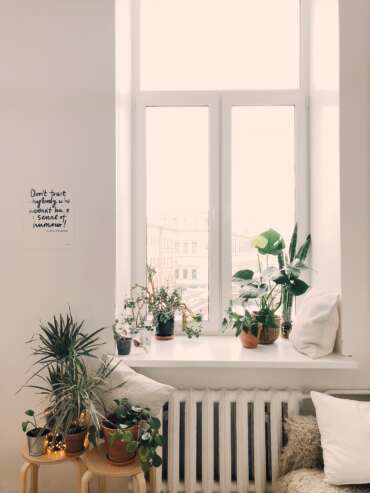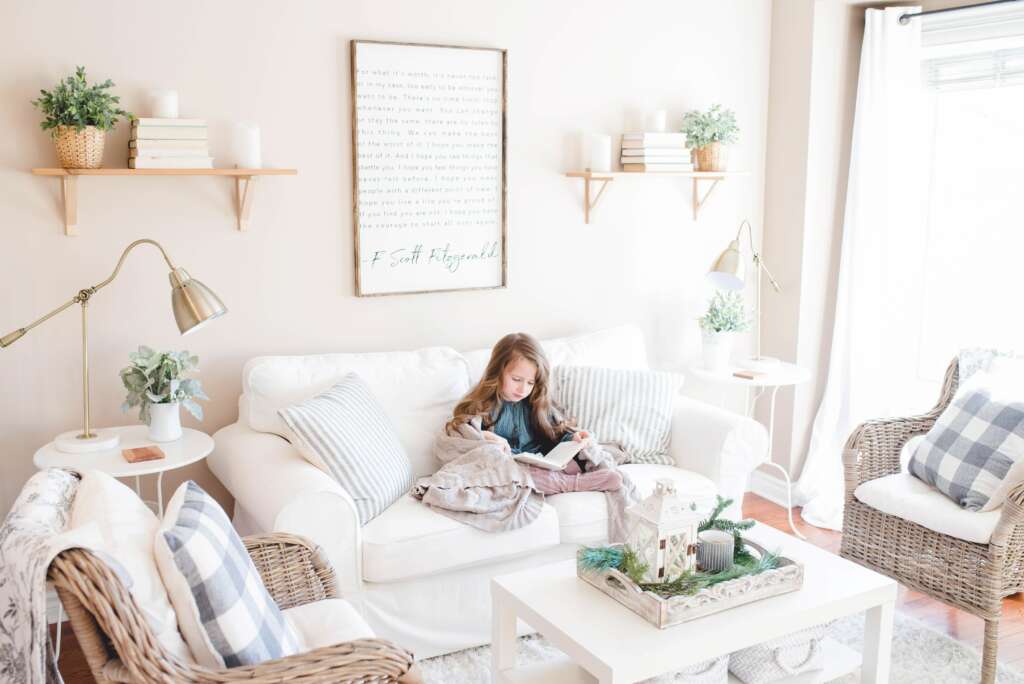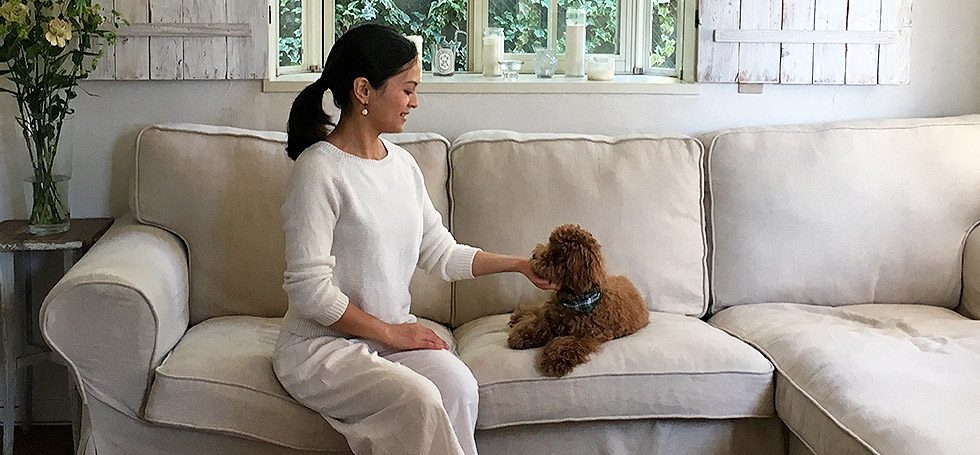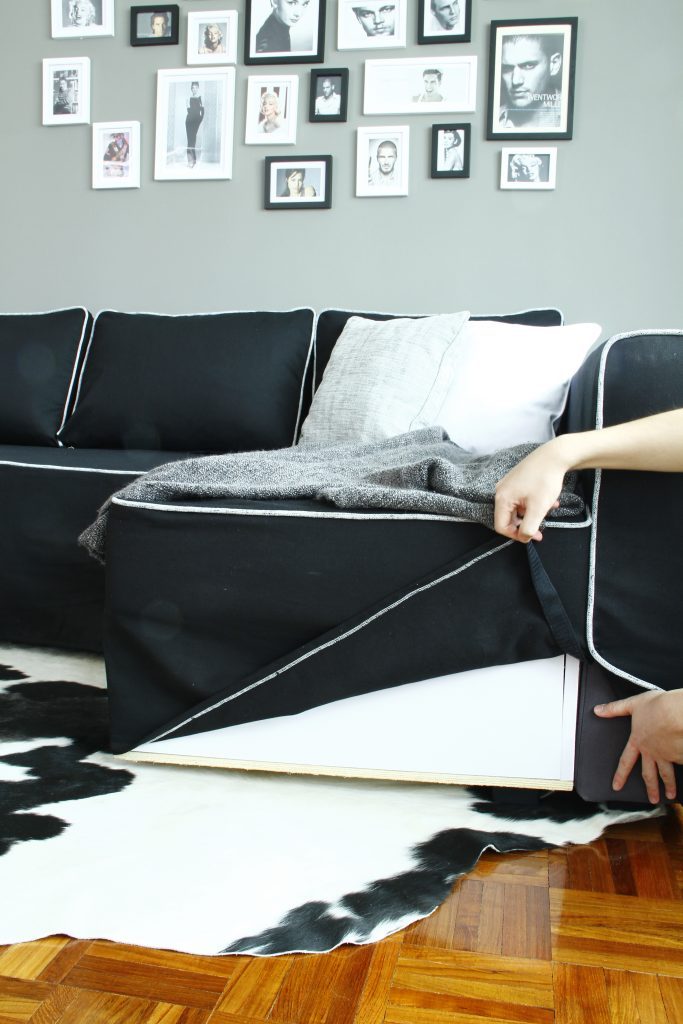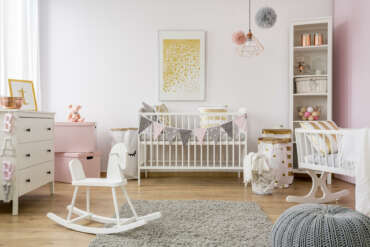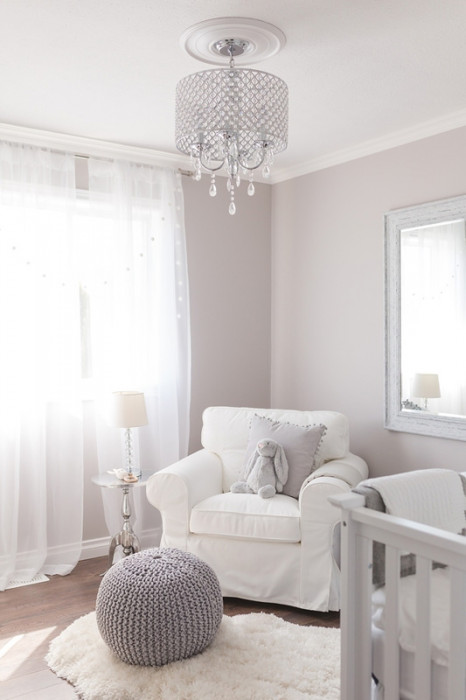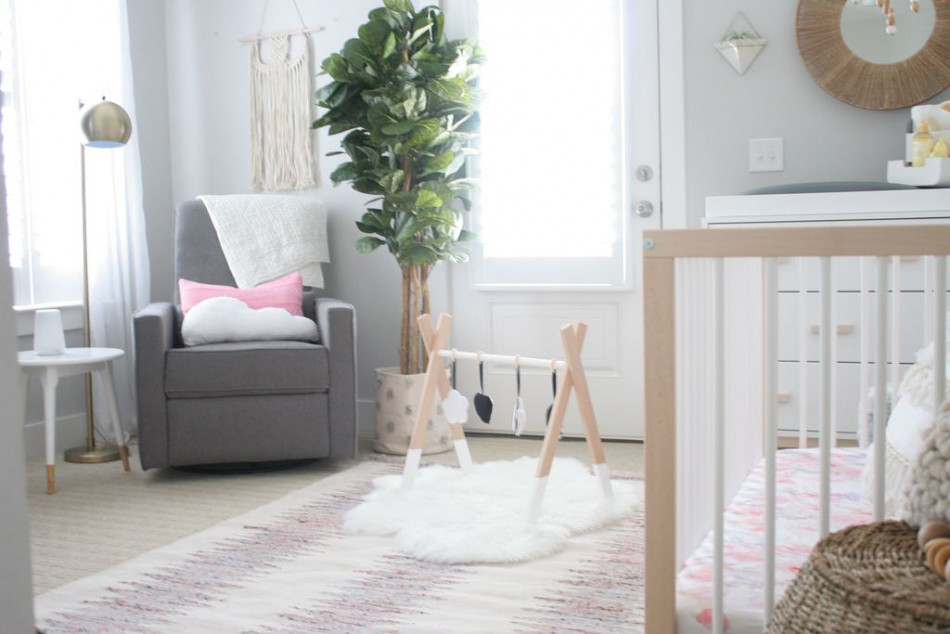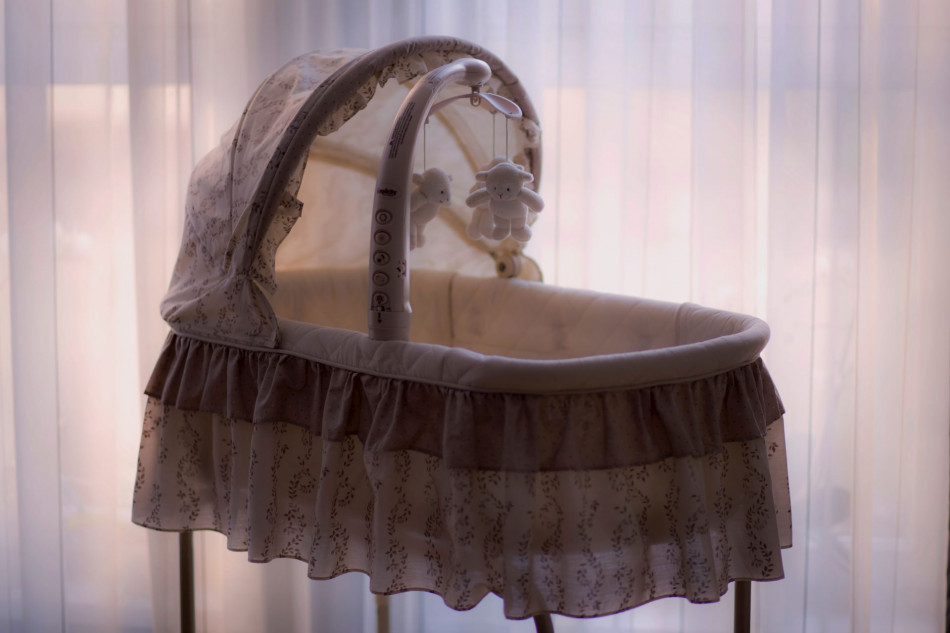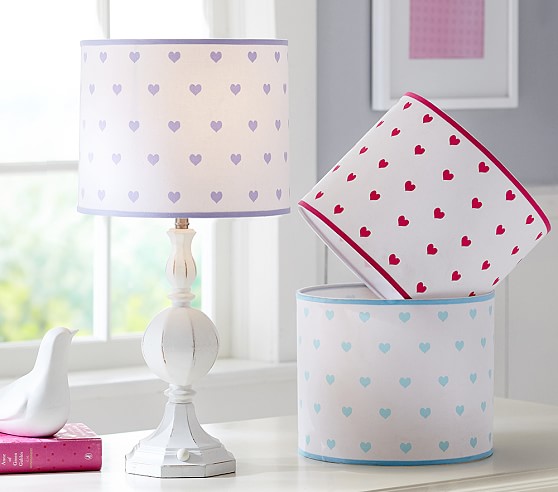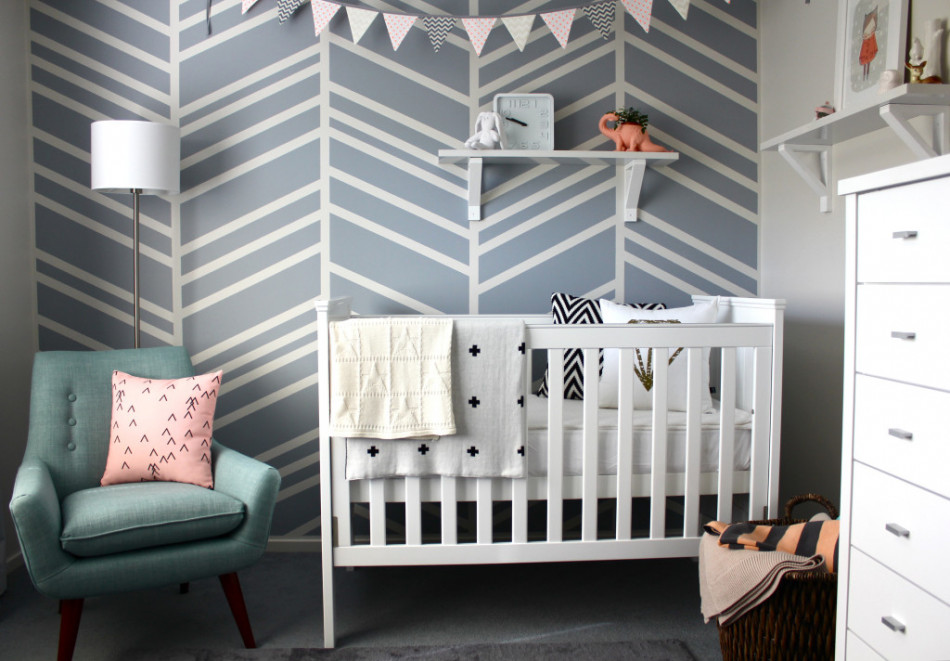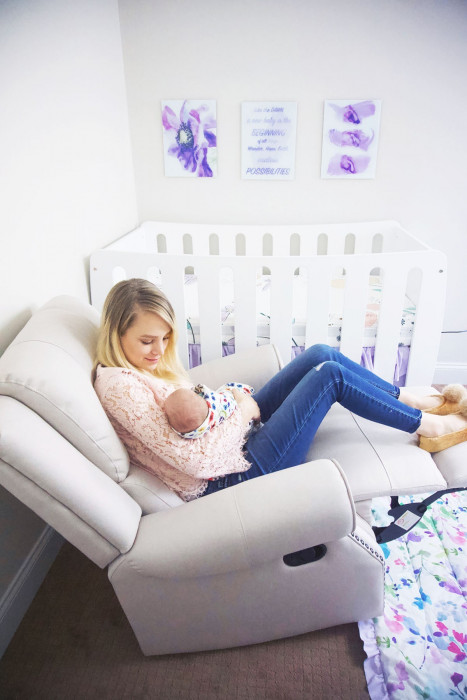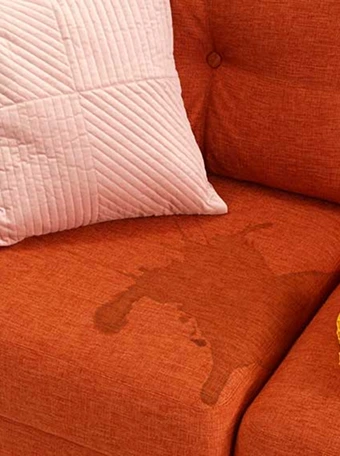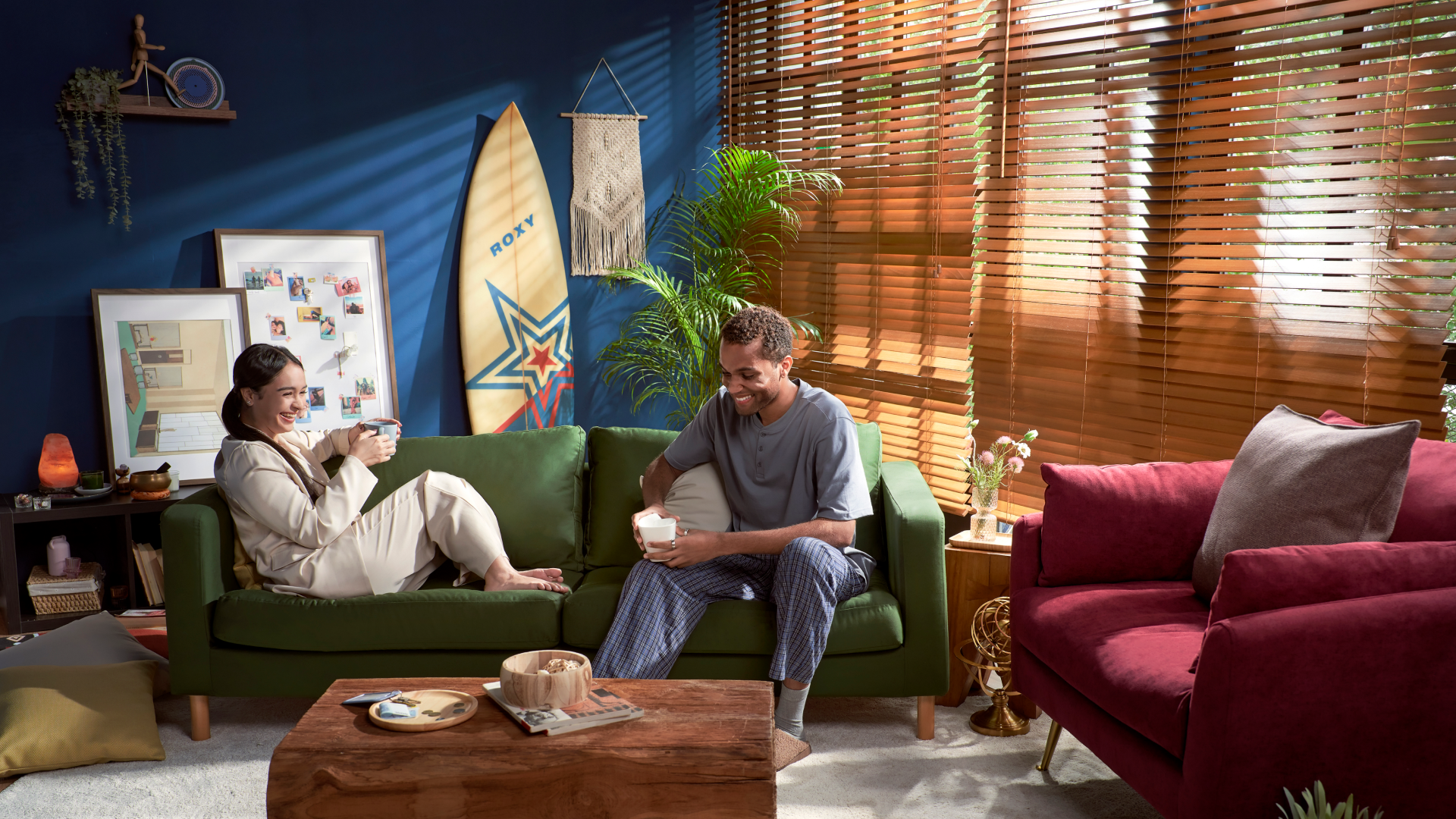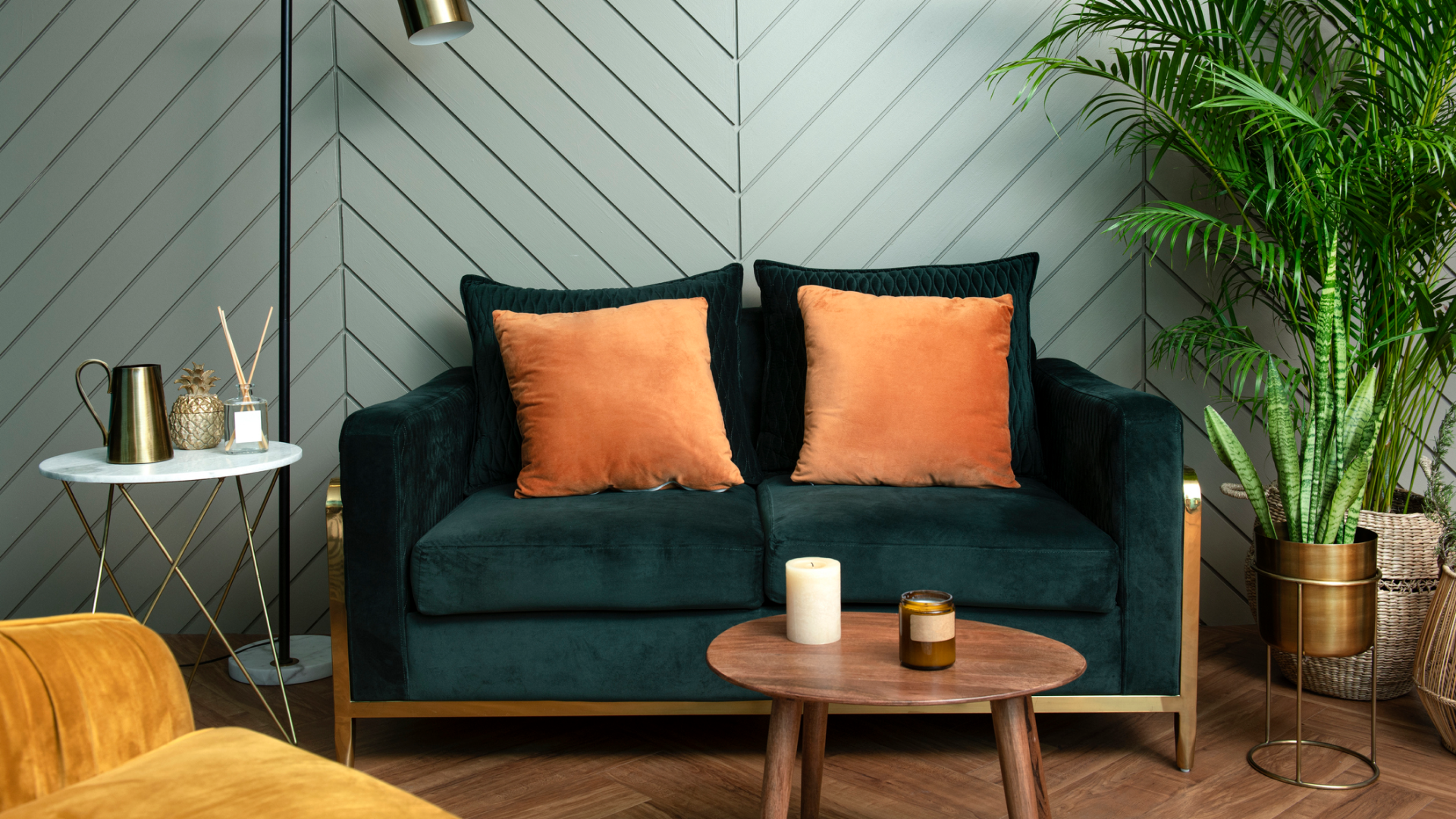Always wanted to have an indoor garden for your home never knew where to start?
Let’s fix that.
Whether you recently became a plant parent who wants to grow your plant family, or have yet to even become one, this is a simple step-by-step guide that will cover all the things you’ll need to know about starting an indoor garden at home and how to maintain it once you have one.
Step 1: Location is key
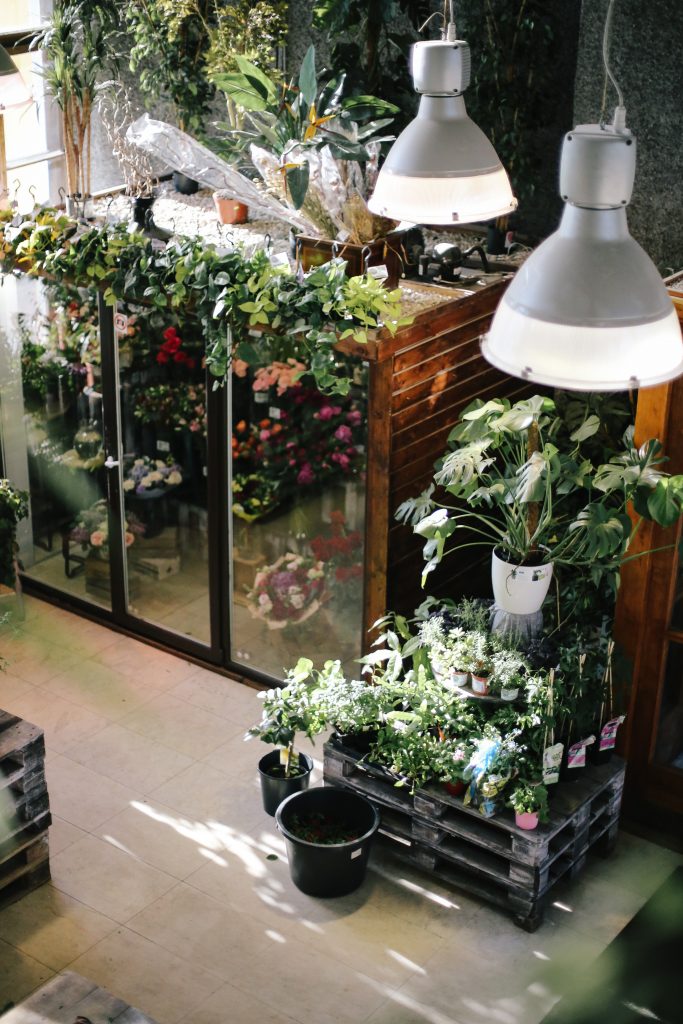
Decide on an arrangement and the location in your home where you’d like to have more green before you add plants to the picture. Having a clear idea of how you want your indoor garden to look will make your job easier down the line.
Some plant parents like to go vertical with their indoor garden with the help of a shelf to add elevation and height. Other varieties can be suspended from the ceiling so that they’re able to get the sunlight they need.
It should go without saying that
East-facing windows are best for gardens, but a problem with these is that the sunlight can be quite intense. Different species of plants have varying sensitivities to sunlight and heat, so be sure to keep this in mind when picking your greens.
If you notice your plants starting to feel dry, try placing them further away from the window or in a spot where there’s more shade.
Step 2: Decide on what you want to grow beforehand
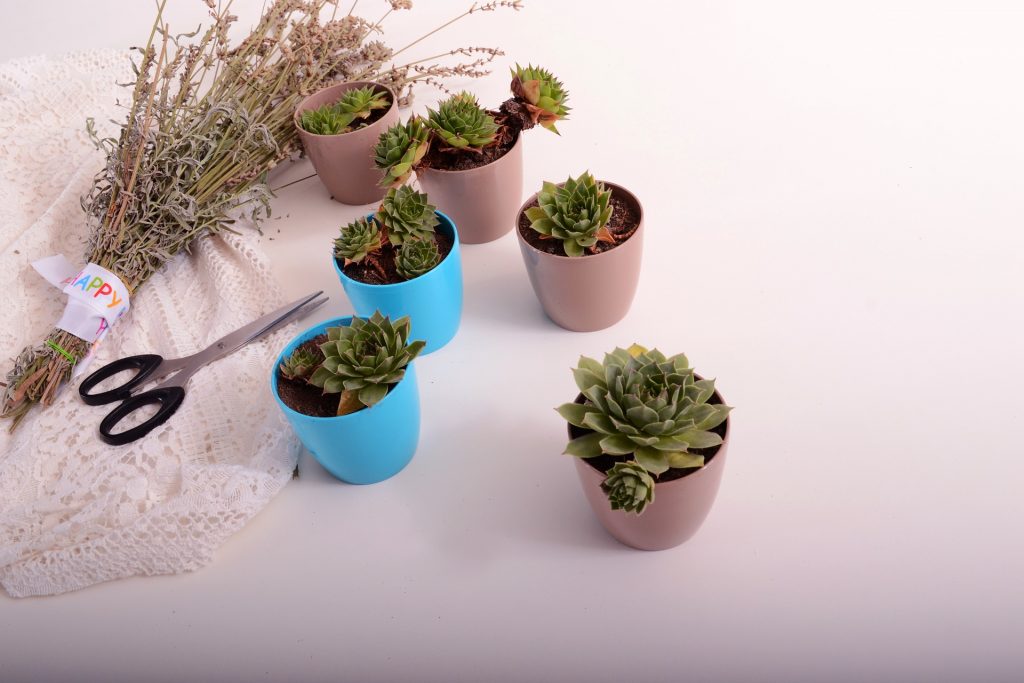
There are no wrong answers here, but your choices will make taking care of your plants easy or difficult.
One low-maintenance variety to consider: Succulents, which look good and are easy to maintain. Some succulents like the aloe vera plant have healing properties (the sap in its inner leaves is a commonly-used remedy for burns and skin infections) and medicinal benefits.
On the other hand, you could choose to live off the land by growing simple things like herbs and produce like cherry tomatoes, lettuce and leafy greens.
Pro tip: If you’re planning to grow multiple greens at once, be sure to give each plant enough space to grow. Plants like mint are fast-growing and can end up crowding your other plants, killing them as a result.
Step 3: Let there be light
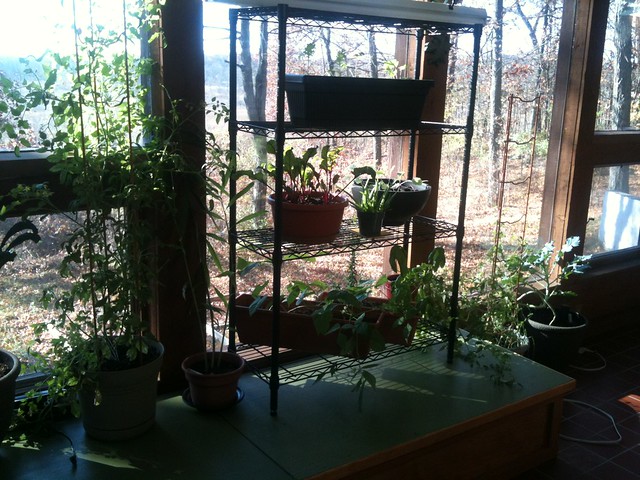
Every plant is different.
Different plants have different needs and will require different methods of care. For example, different types of plants will need varying amounts of sunlight for them to grow lush and healthy.
Most nurseries usually provide plant tag with a brief guide on how to take care of each plant. While these instructions are helpful, they may not be specific enough to help you take care of your plant effectively.
Here
- Direct light: These plants need at least six or more hours of sunlight hitting it directly per day.
- Moderate light: These plants need direct sunlight about four hours a day.
- Indirect light: These plants need to be out of direct sunlight, and artificial lighting is best.
- Low light: These plants need no direct sunshine and will benefit from some ambient light
Step 4: Know your soil
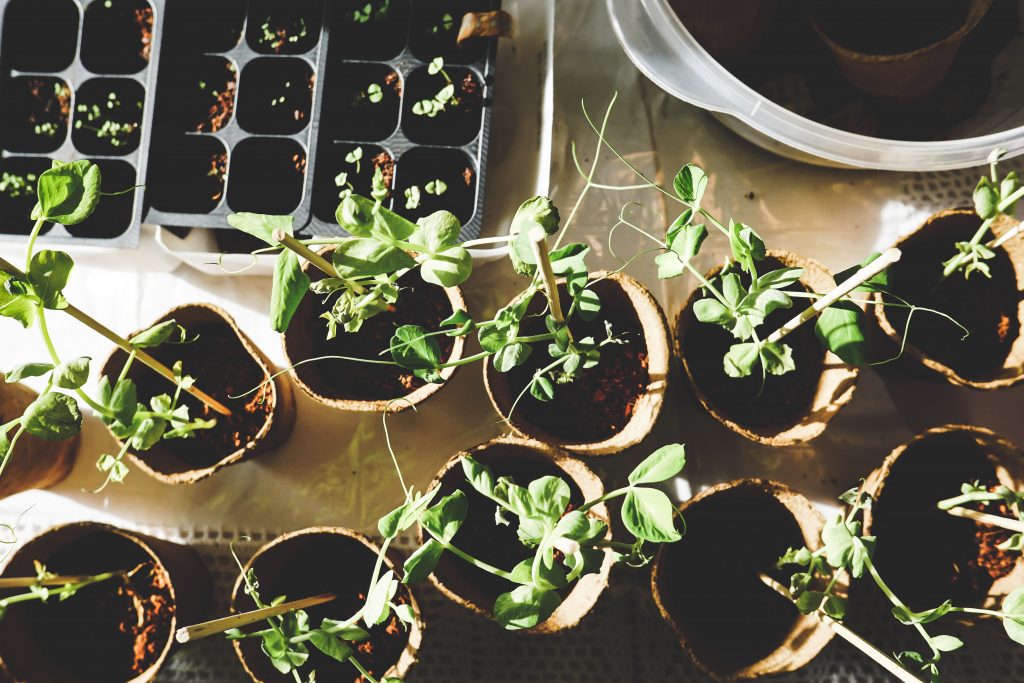
Before I became a plant parent, I was oblivious to the fact that there were different kinds of soil for plants.
For example: Who knew that it was bad to use outdoor plant soil for your indoor garden? If you’re like me, then it’s probably a good thing that you’re reading this post before you start planting your indoor garden.
When you use outdoor soil for your plants, you risk bringing in tiny parasites that live in the soil, which can end up damaging or even killing your plants.
When it comes to choosing soil for your indoor garden, consider getting a potting mix or well-draining soil. Well-draining soil allows water to percolate through it better than regular garden soil and does not allow the water to pool, which puts your plants at risk of ‘drowning’ (yup, this happens to plants too!).
A side note on well-draining plants: They have a tendency to dry up more quickly, meaning that they will require more frequent watering than those growing in regular garden soil.
Step 5: Feed is good
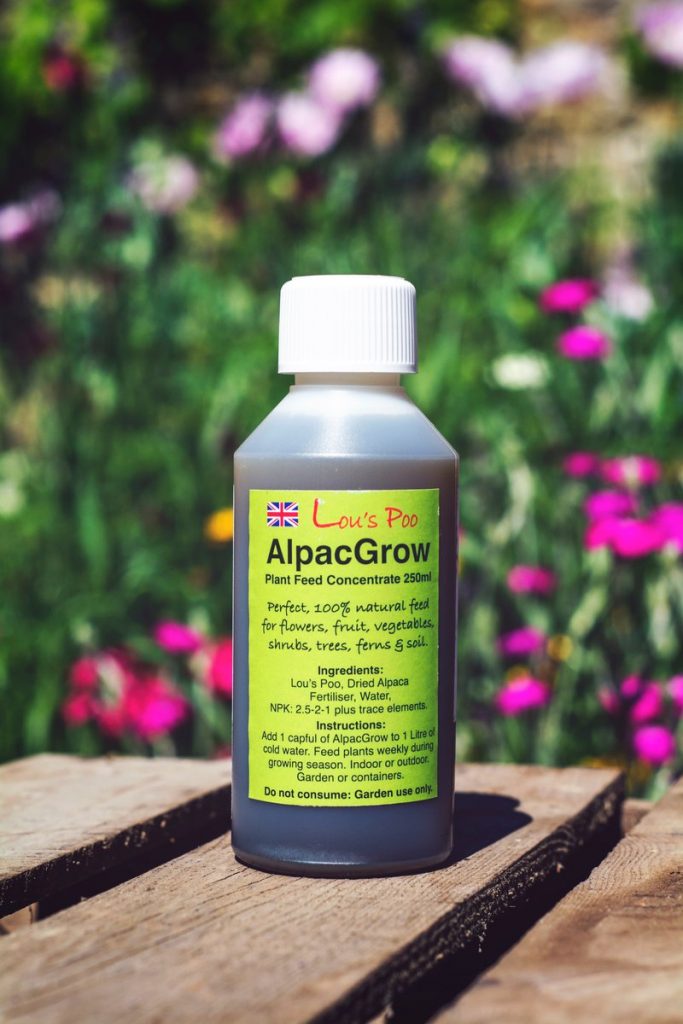
Here’s a simple trick that will help simplify your plant parenting: Arrange your plants in the order of how much feed and water they need.
This can end up saving you a lot of confusion when life gets busy and stop you from accidentally overfeeding (or underfeeding) and overwatering your plants.
Step 6: Get some mulch
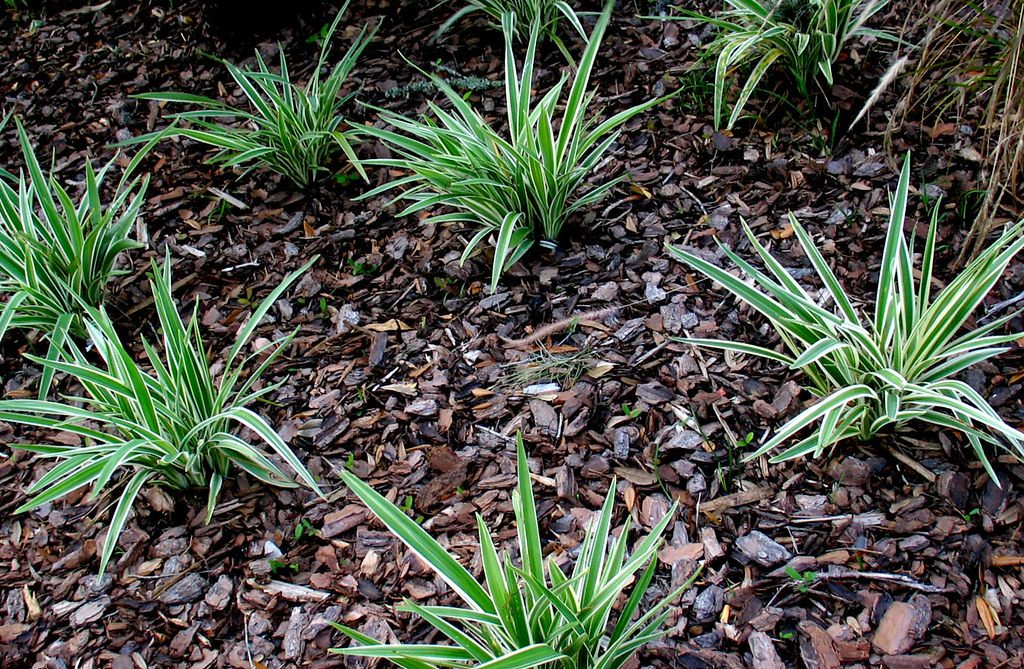
Adding mulch to your indoor garden is one way to regulate the moisture and temperature of your soil.
Mulch is typically made out of organic residues like grass clippings, leaves, hay, straw, kitchen scraps comfrey, shredded bark, whole bark. Add some to the soil and watch your plants grow healthier than ever.
Even if you don’t have a green thumb, or simply just want to try growing something for the first time, these steps will help ensure that your role as a plant parent will be a smoother and joy-filled one over the long-haul.
Want more ideas on how to decorate your home on a budget? Get a copy of our FREE Timeless Living: How To Design A Classy IKEA- Inspired Home ebook:
